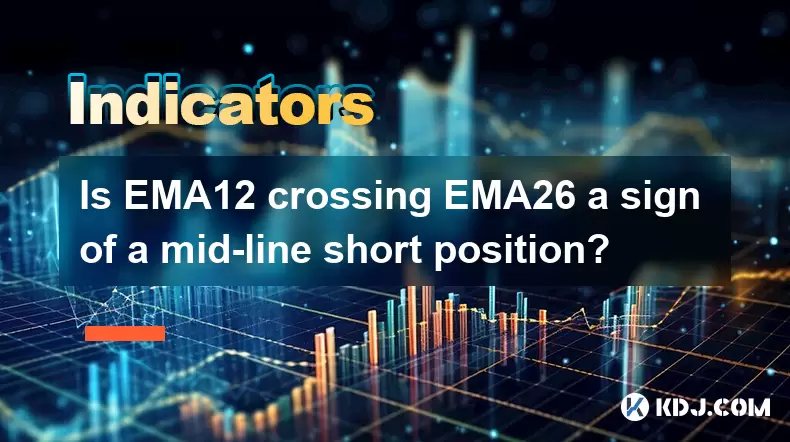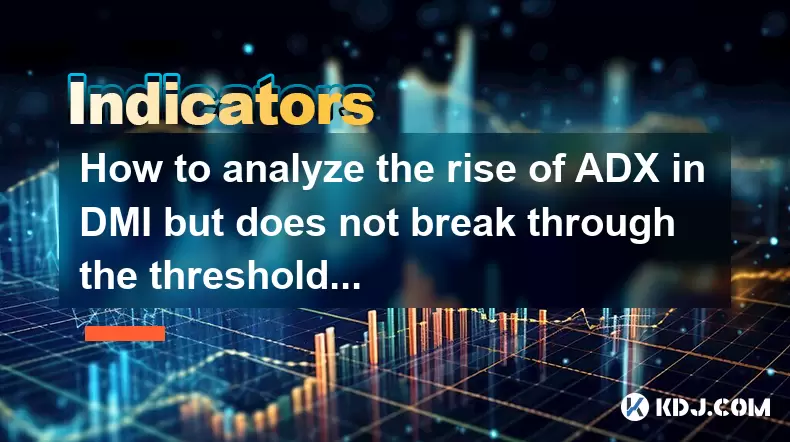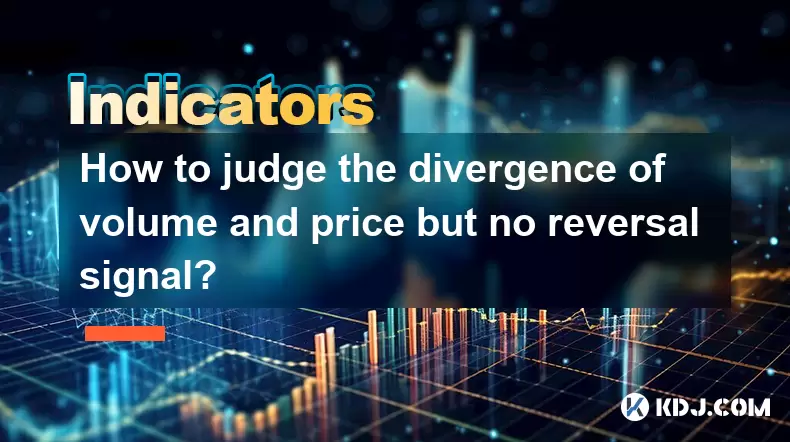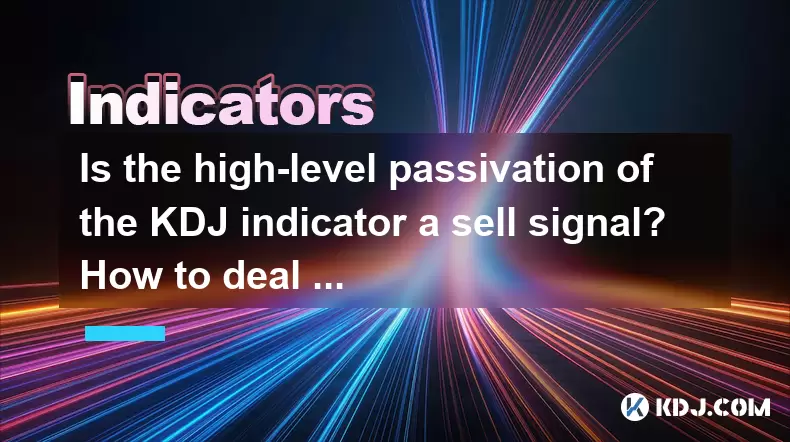-
 Bitcoin
Bitcoin $106,754.6083
1.33% -
 Ethereum
Ethereum $2,625.8249
3.80% -
 Tether USDt
Tether USDt $1.0001
-0.03% -
 XRP
XRP $2.1891
1.67% -
 BNB
BNB $654.5220
0.66% -
 Solana
Solana $156.9428
7.28% -
 USDC
USDC $0.9998
0.00% -
 Dogecoin
Dogecoin $0.1780
1.14% -
 TRON
TRON $0.2706
-0.16% -
 Cardano
Cardano $0.6470
2.77% -
 Hyperliquid
Hyperliquid $44.6467
10.24% -
 Sui
Sui $3.1128
3.86% -
 Bitcoin Cash
Bitcoin Cash $455.7646
3.00% -
 Chainlink
Chainlink $13.6858
4.08% -
 UNUS SED LEO
UNUS SED LEO $9.2682
0.21% -
 Avalanche
Avalanche $19.7433
3.79% -
 Stellar
Stellar $0.2616
1.64% -
 Toncoin
Toncoin $3.0222
2.19% -
 Shiba Inu
Shiba Inu $0.0...01220
1.49% -
 Hedera
Hedera $0.1580
2.75% -
 Litecoin
Litecoin $87.4964
2.29% -
 Polkadot
Polkadot $3.8958
3.05% -
 Ethena USDe
Ethena USDe $1.0000
-0.04% -
 Monero
Monero $317.2263
0.26% -
 Bitget Token
Bitget Token $4.5985
1.68% -
 Dai
Dai $0.9999
0.00% -
 Pepe
Pepe $0.0...01140
2.44% -
 Uniswap
Uniswap $7.6065
5.29% -
 Pi
Pi $0.6042
-2.00% -
 Aave
Aave $289.6343
6.02%
Is EMA12 crossing EMA26 a sign of a mid-line short position?
"EMA12 crossing below EMA26 signals bearish momentum in crypto, prompting traders to consider short positions after confirming with volume, RSI, and mid-line levels."
Jun 16, 2025 at 07:22 pm

Understanding EMA12 and EMA26 in Cryptocurrency Trading
In the world of cryptocurrency trading, Exponential Moving Averages (EMAs) are widely used tools for analyzing price trends. Specifically, the EMA12 and EMA26 are two of the most commonly referenced EMAs among traders. The EMA12 represents a short-term moving average calculated over the past 12 time periods, typically candles or days, while the EMA26 is a longer-term average calculated over 26 periods.
These indicators help traders identify potential trend reversals or continuations by showing how recent prices compare to historical averages. When these two lines intersect — a phenomenon known as an EMA crossover — it often triggers trading signals. One such signal occurs when EMA12 crosses below EMA26, which many interpret as a bearish sign.
What Happens During an EMA12-EMA26 Crossover?
A crossover event between EMA12 and EMA26 can be either bullish or bearish depending on the direction of the cross. When EMA12 crosses above EMA26, it's generally seen as a bullish signal, suggesting that short-term momentum is overtaking long-term trends. Conversely, when EMA12 crosses below EMA26, this is known as the "death cross" and is interpreted as a bearish signal.
In the context of cryptocurrency markets, where volatility is high and trends can reverse quickly, this crossover may suggest that selling pressure is increasing. It does not necessarily confirm a downtrend, but rather indicates a shift in momentum that traders should monitor closely.
However, it’s important to note that relying solely on this signal without considering other technical indicators or market conditions can lead to false positives.
Why Traders Consider Shorting Mid-Line After a Bearish Crossover
The concept of taking a mid-line short position after observing an EMA12 crossing below EMA26 comes from the idea that the market has entered a bearish phase but hasn’t yet reached extreme levels of oversold conditions. In this strategy, traders avoid entering immediately at the crossover and instead wait for a retracement or consolidation around the middle of the recent price range.
This approach aims to capture more favorable entry points compared to aggressive shorting right after the crossover. By waiting for the price to return to a central pivot point, traders attempt to reduce risk while still capitalizing on the ongoing bearish momentum.
It is crucial to use additional tools like support/resistance levels, volume analysis, and Fibonacci retracements to confirm whether the mid-line level is valid and likely to act as a resistance zone during a downtrend.
How to Confirm the Validity of the Signal Before Entering a Short Position
Before acting on any EMA crossover, especially in volatile crypto markets, traders should perform a multi-layered confirmation process:
- Check volume: A bearish crossover accompanied by high trading volume increases the likelihood that the trend is genuine.
- Look at RSI and MACD: If the Relative Strength Index (RSI) shows bearish divergence or the MACD line crosses below the signal line, it reinforces the bearish case.
- Analyze higher timeframes: Checking daily or weekly charts can provide context. If the larger trend is also bearish, the EMA12-EMA26 crossover on a shorter timeframe becomes more reliable.
- Wait for candlestick confirmation: A bearish candlestick pattern like a shooting star or engulfing candle after the crossover can serve as a trigger to enter a trade.
By combining these techniques, traders increase their chances of making informed decisions rather than reacting impulsively to a single indicator.
Common Mistakes Traders Make When Using EMA Crossovers
Despite its popularity, the EMA12-EMA26 crossover strategy is often misapplied, leading to poor outcomes. Some common pitfalls include:
- Overtrading based on false signals: Since crypto markets are highly volatile, crossovers can occur frequently without leading to significant moves.
- Ignoring market context: Failing to consider broader market conditions like macroeconomic news or regulatory updates can result in misleading interpretations of technical data.
- Not using stop-loss orders: Without proper risk management, even a correct directional call can result in losses due to sudden reversals or whipsaws.
- Relying solely on EMAs: Technical analysis should never be conducted in isolation. Other tools must be used alongside EMAs to filter out noise and enhance accuracy.
Avoiding these mistakes requires discipline, experience, and a structured trading plan that incorporates multiple layers of analysis.
Implementing the Strategy: Step-by-Step Guide
For those looking to implement a short position strategy based on EMA12 crossing below EMA26, here is a detailed step-by-step guide:
- Set up your chart with EMA12 and EMA26: Most trading platforms like TradingView or Binance allow you to add these indicators easily.
- Identify the crossover: Watch for the moment when EMA12 dips below EMA26 on your selected timeframe.
- Confirm with volume and other indicators: Ensure that volume spikes downward and that supporting indicators like MACD and RSI align with the bearish outlook.
- Identify the mid-line area: Use horizontal support/resistance or moving average convergence zones to find a logical retracement point.
- Wait for price to retest the mid-line: This gives a better risk-reward ratio compared to chasing the initial drop.
- Enter the short position: Place a sell order once the price begins to reject the mid-line area.
- Set a stop-loss slightly above the mid-line: This protects against unexpected upward movement.
- Target profit near previous lows or key support levels: These areas are likely to see selling pressure resume.
Following these steps ensures a methodical approach to entering and managing trades based on EMA crossovers.
Frequently Asked Questions
Q: Can EMA12 and EMA26 be used effectively on all cryptocurrencies?
While EMA12 and EMA26 can technically be applied to any asset, including cryptocurrencies, their effectiveness varies depending on the liquidity and volatility of the specific coin. Highly liquid assets like Bitcoin and Ethereum tend to produce more reliable signals compared to smaller, less traded altcoins.
Q: What timeframes work best with the EMA12-EMA26 crossover strategy?
The most commonly used timeframes are the 1-hour, 4-hour, and daily charts. Shorter timeframes may generate too many false signals, while longer timeframes offer more clarity but fewer opportunities.
Q: Should I always wait for the price to reach the mid-line before entering a short?
No, waiting for the mid-line is part of a risk management strategy, not a rule. In strongly trending markets, the price may not retrace at all. Use discretion and adjust based on current market structure and momentum.
Q: How do I know if a crossover is just a temporary pullback and not a real trend reversal?
Look for confluence with other indicators, such as a breakdown of key support levels or a bearish divergence on the RSI. Also, pay attention to news events and on-chain metrics that could influence short-term movements.
Disclaimer:info@kdj.com
The information provided is not trading advice. kdj.com does not assume any responsibility for any investments made based on the information provided in this article. Cryptocurrencies are highly volatile and it is highly recommended that you invest with caution after thorough research!
If you believe that the content used on this website infringes your copyright, please contact us immediately (info@kdj.com) and we will delete it promptly.
- 2025-W Uncirculated American Gold Eagle and Dr. Vera Rubin Quarter Mark New Products
- 2025-06-13 06:25:13
- Ruvi AI (RVU) Leverages Blockchain and Artificial Intelligence to Disrupt Marketing, Entertainment, and Finance
- 2025-06-13 07:05:12
- H100 Group AB Raises 101 Million SEK (Approximately $10.6 Million) to Bolster Bitcoin Reserves
- 2025-06-13 06:25:13
- Galaxy Digital CEO Mike Novogratz Says Bitcoin Will Replace Gold and Go to $1,000,000
- 2025-06-13 06:45:13
- Trust Wallet Token (TWT) Price Drops 5.7% as RWA Integration Plans Ignite Excitement
- 2025-06-13 06:45:13
- Ethereum (ETH) Is in the Second Phase of a Three-Stage Market Cycle
- 2025-06-13 07:25:13
Related knowledge

How to confirm the effectiveness of the average price line support in the time-sharing chart?
Jun 17,2025 at 12:56am
Understanding the Time-Sharing Chart and Its RelevanceIn cryptocurrency trading, time-sharing charts play a crucial role in analyzing short-term price movements. These charts typically display price fluctuations over a specific period, often ranging from minutes to hours. Traders rely on them to make quick decisions based on real-time data. The average ...

What does it mean when the momentum indicator breaks above the zero axis?
Jun 17,2025 at 12:43am
Understanding the Momentum IndicatorThe momentum indicator is a technical analysis tool used to measure the speed or velocity of price movements in cryptocurrency markets. It helps traders identify potential trend reversals, overbought or oversold conditions, and confirms existing trends. The indicator typically oscillates around a zero line, with value...

How to analyze the rise of ADX in DMI but does not break through the threshold?
Jun 16,2025 at 11:49pm
Understanding ADX and DMI in Cryptocurrency TradingIn cryptocurrency trading, ADX (Average Directional Index) is a technical indicator used to measure the strength of a trend. It works in conjunction with the DMI (Directional Movement Indicator), which includes two components: +DI (Positive Directional Indicator) and -DI (Negative Directional Indicator)...

How to judge the divergence of volume and price but no reversal signal?
Jun 17,2025 at 12:28am
Understanding Volume and Price DivergenceIn the world of cryptocurrency trading, volume and price are two key indicators that traders monitor closely. Divergence occurs when these two metrics move in opposite directions. For example, if the price of a cryptocurrency is rising but its volume is declining, this could signal weakening momentum. However, it...

Is the high-level passivation of the KDJ indicator a sell signal? How to deal with it?
Jun 17,2025 at 12:49am
Understanding the KDJ Indicator in Cryptocurrency TradingThe KDJ indicator, also known as the stochastic oscillator, is a momentum-based technical analysis tool widely used in cryptocurrency trading. It consists of three lines: the %K line, the %D line, and the %J line. These lines help traders assess overbought or oversold conditions, potential trend r...

How to identify the pressure intensity when the upper shadow line tests the previous high?
Jun 17,2025 at 12:09am
Understanding the Upper Shadow Line in Candlestick ChartsIn cryptocurrency trading, candlestick patterns are essential tools for analyzing market sentiment. One such pattern is the appearance of an upper shadow line, which often appears when a candle closes lower than its highest point during a specific period. This upper wick or shadow indicates that w...

How to confirm the effectiveness of the average price line support in the time-sharing chart?
Jun 17,2025 at 12:56am
Understanding the Time-Sharing Chart and Its RelevanceIn cryptocurrency trading, time-sharing charts play a crucial role in analyzing short-term price movements. These charts typically display price fluctuations over a specific period, often ranging from minutes to hours. Traders rely on them to make quick decisions based on real-time data. The average ...

What does it mean when the momentum indicator breaks above the zero axis?
Jun 17,2025 at 12:43am
Understanding the Momentum IndicatorThe momentum indicator is a technical analysis tool used to measure the speed or velocity of price movements in cryptocurrency markets. It helps traders identify potential trend reversals, overbought or oversold conditions, and confirms existing trends. The indicator typically oscillates around a zero line, with value...

How to analyze the rise of ADX in DMI but does not break through the threshold?
Jun 16,2025 at 11:49pm
Understanding ADX and DMI in Cryptocurrency TradingIn cryptocurrency trading, ADX (Average Directional Index) is a technical indicator used to measure the strength of a trend. It works in conjunction with the DMI (Directional Movement Indicator), which includes two components: +DI (Positive Directional Indicator) and -DI (Negative Directional Indicator)...

How to judge the divergence of volume and price but no reversal signal?
Jun 17,2025 at 12:28am
Understanding Volume and Price DivergenceIn the world of cryptocurrency trading, volume and price are two key indicators that traders monitor closely. Divergence occurs when these two metrics move in opposite directions. For example, if the price of a cryptocurrency is rising but its volume is declining, this could signal weakening momentum. However, it...

Is the high-level passivation of the KDJ indicator a sell signal? How to deal with it?
Jun 17,2025 at 12:49am
Understanding the KDJ Indicator in Cryptocurrency TradingThe KDJ indicator, also known as the stochastic oscillator, is a momentum-based technical analysis tool widely used in cryptocurrency trading. It consists of three lines: the %K line, the %D line, and the %J line. These lines help traders assess overbought or oversold conditions, potential trend r...

How to identify the pressure intensity when the upper shadow line tests the previous high?
Jun 17,2025 at 12:09am
Understanding the Upper Shadow Line in Candlestick ChartsIn cryptocurrency trading, candlestick patterns are essential tools for analyzing market sentiment. One such pattern is the appearance of an upper shadow line, which often appears when a candle closes lower than its highest point during a specific period. This upper wick or shadow indicates that w...
See all articles

























































































